The Stöckert S5 heart-lung machine has been a significant advancement in the field of cardiac surgery. Its design and features have greatly contributed to improving patient outcomes and safety during open-heart procedures. Let’s delve further into its key components and how it functions during a cardiac surgery:
Perfusion Circuit: The heart-lung machine consists of a closed-loop circuit known as the perfusion circuit. This circuit is responsible for rerouting and oxygenating the blood outside of the patient’s body. It consists of various components like the venous reservoir, oxygenator, heat exchanger, and arterial filter.
Venous Reservoir: Blood from the patient is drained into a venous reservoir, where it accumulates before being sent to the oxygenator. The reservoir also serves as an air trap, preventing any air bubbles from entering the patient’s bloodstream.
Oxygenator: The oxygenator is a critical part of the heart-lung machine. It facilitates gas exchange by removing carbon dioxide from the patient’s blood and infusing it with oxygen. This oxygenated blood is then returned to the patient’s body.
Heat Exchanger: As the patient’s blood is temporarily outside their body, it tends to cool down. To maintain the appropriate body temperature, a heat exchanger is employed to warm the blood before it returns to the patient.
Arterial Filter: Before returning the blood to the patient, it passes through an arterial filter. This filter removes any debris or clots that may have formed during the surgery, ensuring that the blood is free from potentially harmful particles.
Blood Flow Control: The Stöckert S5 machine allows precise control of blood flow through the perfusion circuit. By adjusting the pump speed and other parameters, the surgeon and perfusionist can tailor the machine’s performance to each patient’s specific needs.
Monitoring and Safety Features: The Stöckert S5 heart-lung machine is equipped with advanced monitoring systems. These systems continuously track vital parameters, such as blood pressure, oxygen saturation, and core body temperature. Any anomalies are promptly detected, allowing medical staff to take appropriate actions to ensure patient safety.
Overall, the Stöckert S5 heart-lung machine has been instrumental in performing complex cardiac surgeries. It enables cardiac surgeons to temporarily halt the heart’s beating while repairing or replacing valves, bypassing blocked arteries, or performing other intricate procedures. During this time, the machine takes over the role of the heart and lungs, ensuring that oxygen-rich blood is supplied to vital organs.
It’s important to note that while the heart-lung machine is an invaluable tool, its usage is not without risks. The process of stopping the heart and diverting blood flow can lead to potential complications, such as bleeding, organ dysfunction, or neurological issues. However, with the advancements in technology and the expertise of medical professionals, the benefits of open-heart surgery using the Stöckert S5 heart-lung machine far outweigh the risks for many patients.
As medical technology continues to evolve, the Stöckert S5 heart-lung machine remains a crucial component in performing life-saving cardiac surgeries, improving patient outcomes, and contributing to the advancement of cardiac care worldwide.

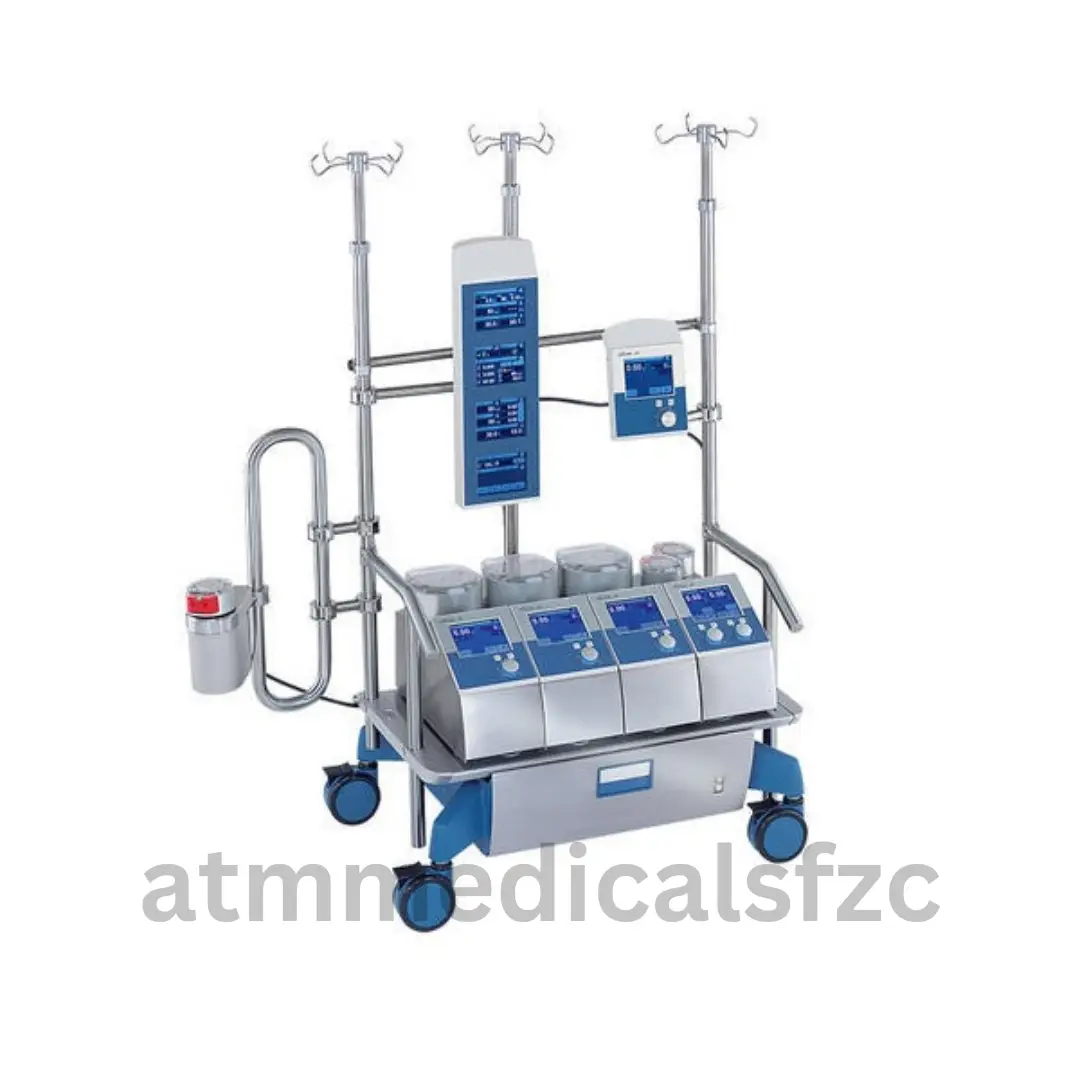
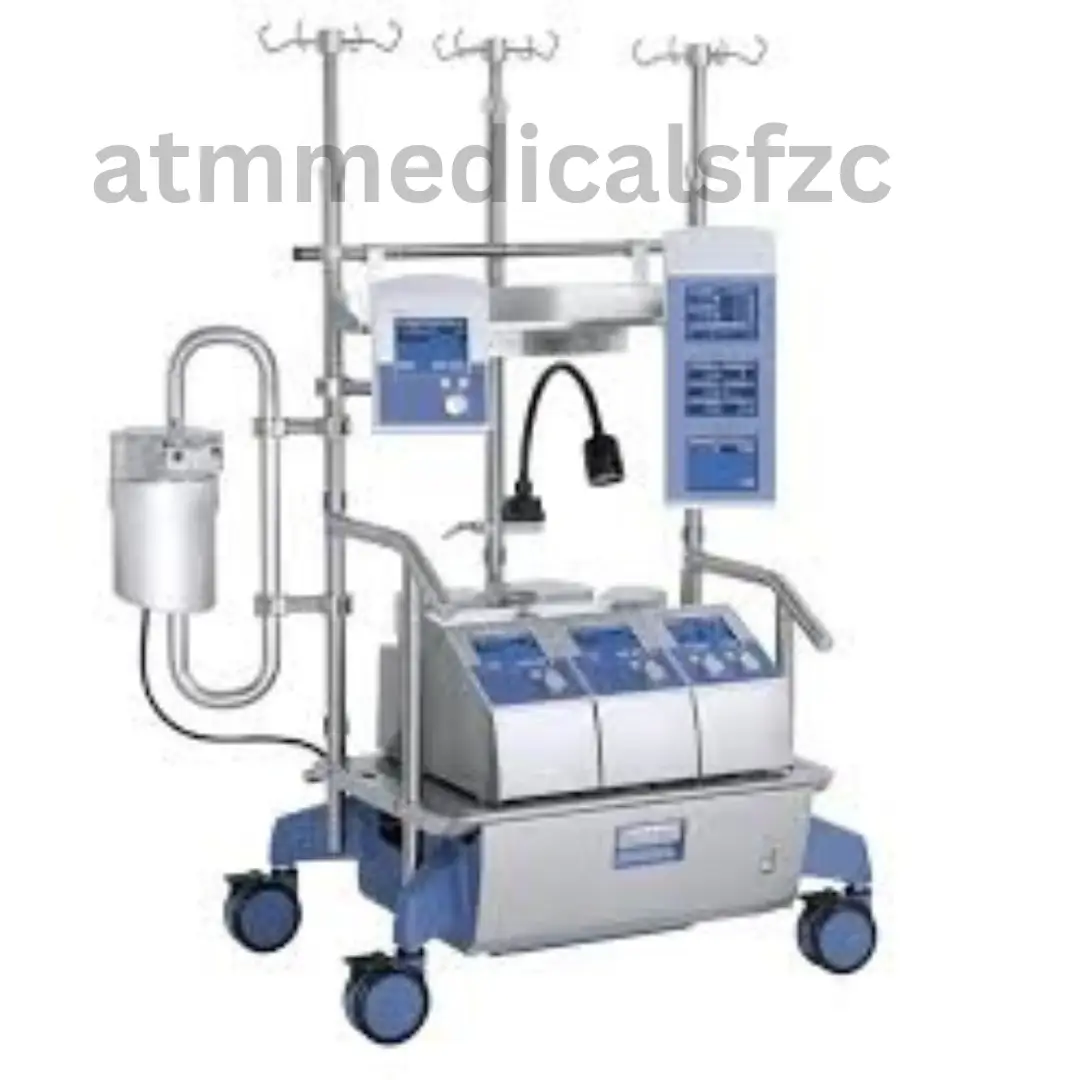
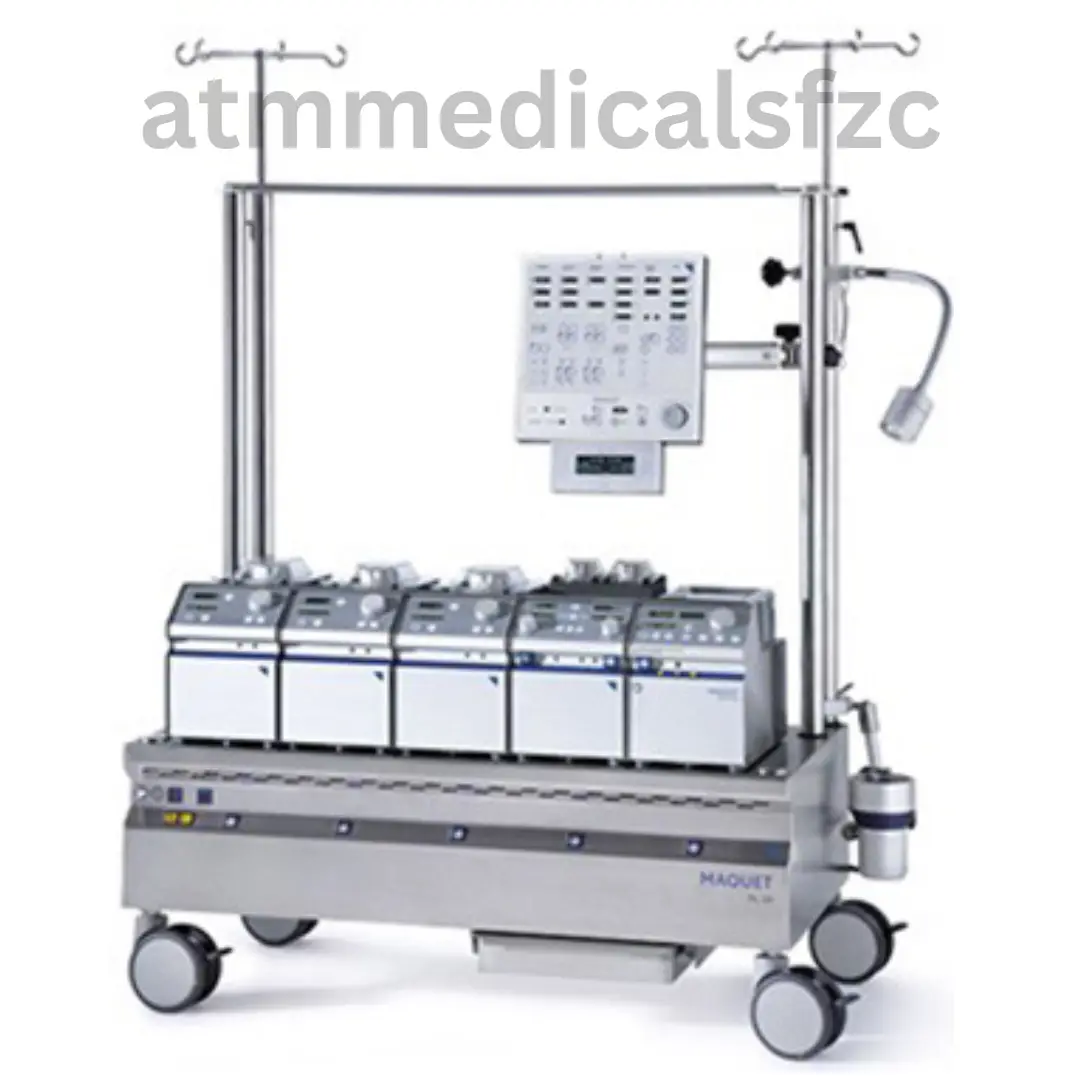
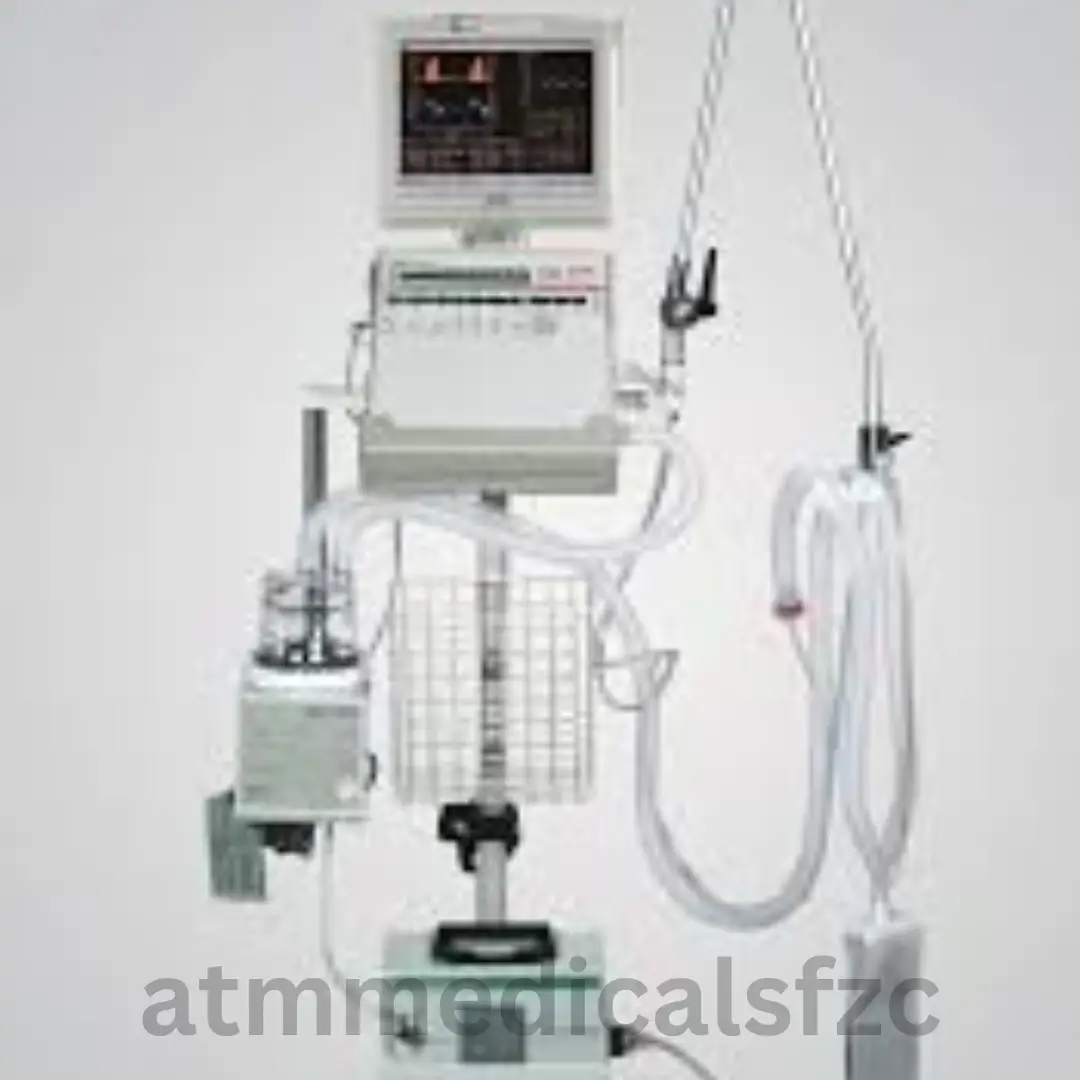

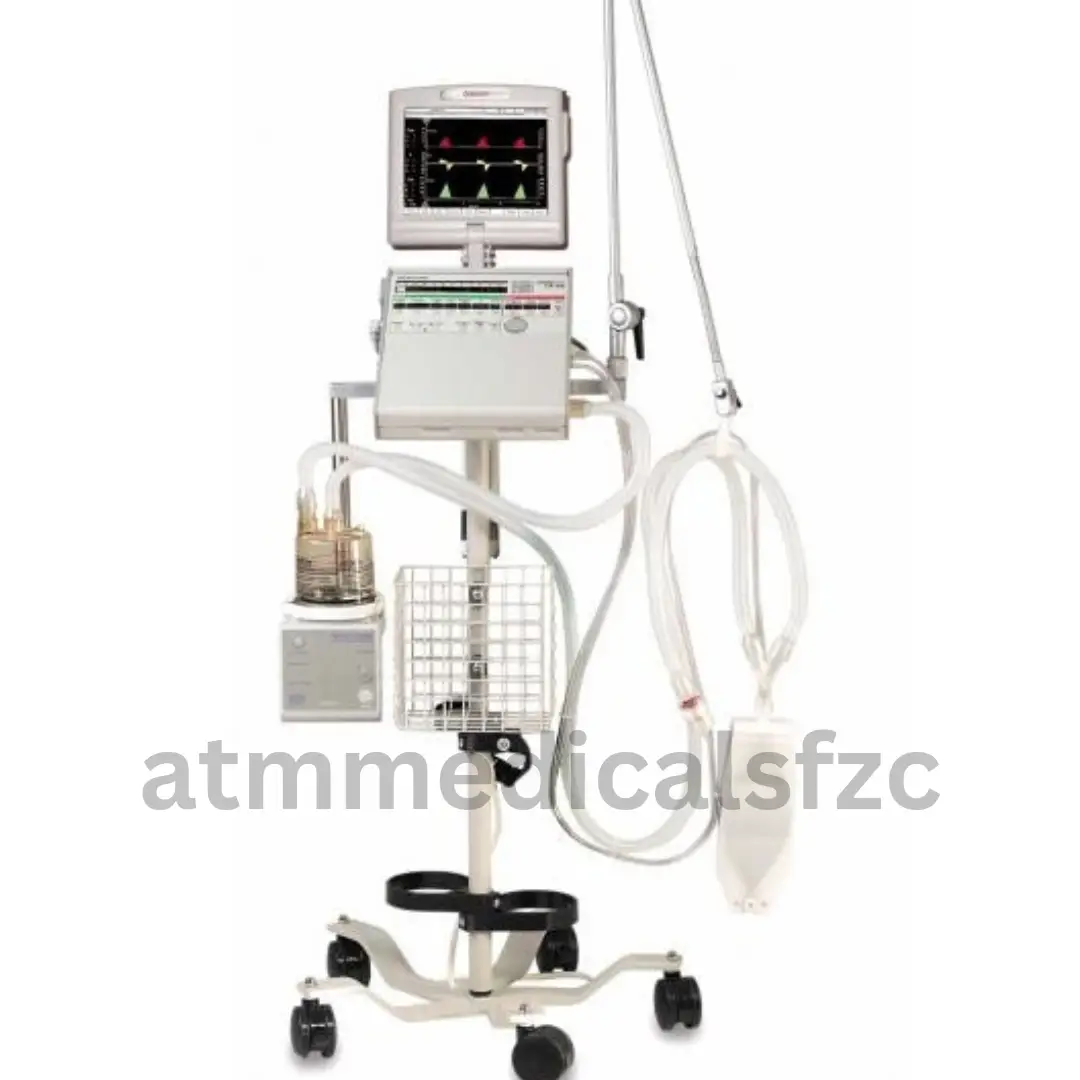

Reviews
There are no reviews yet.